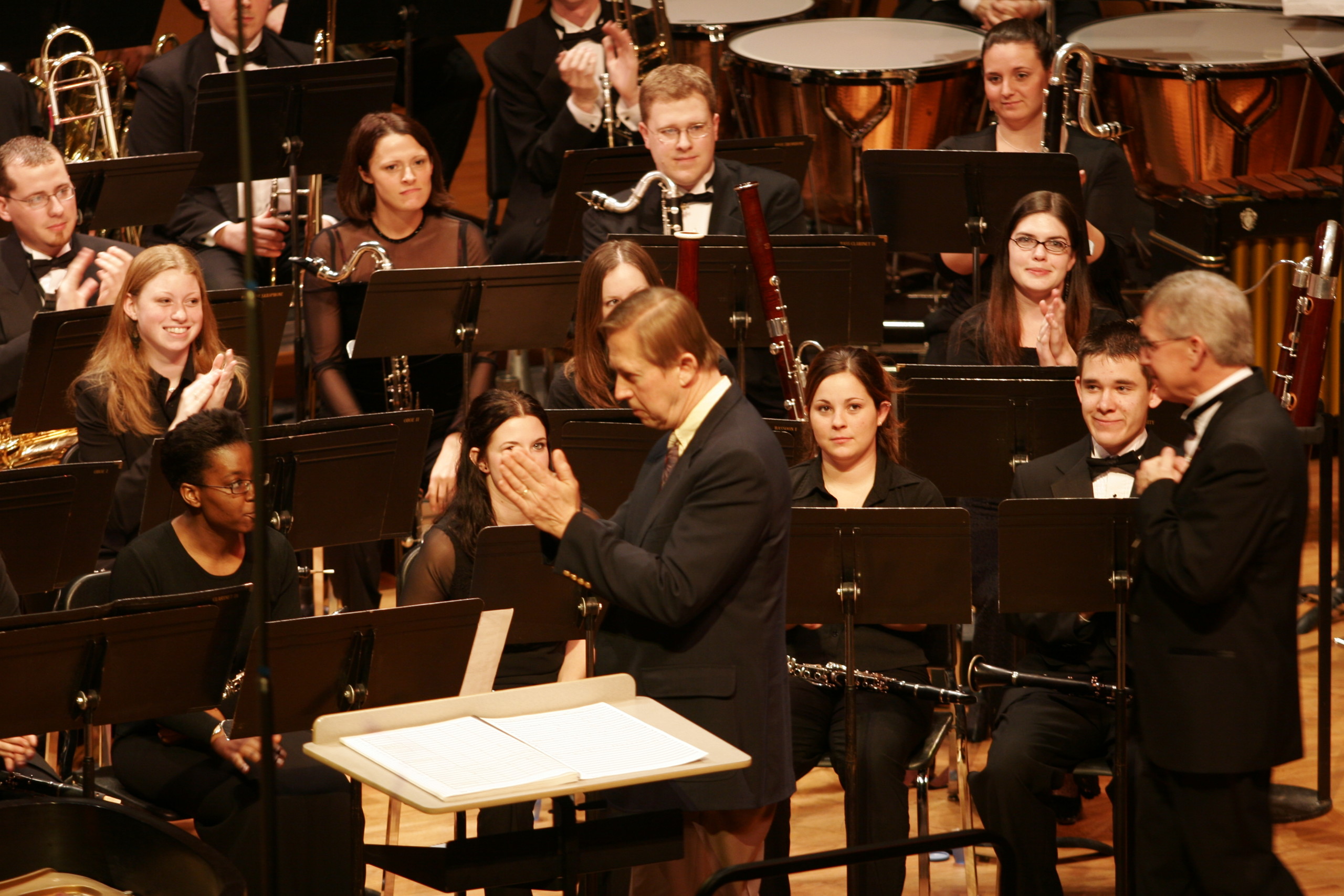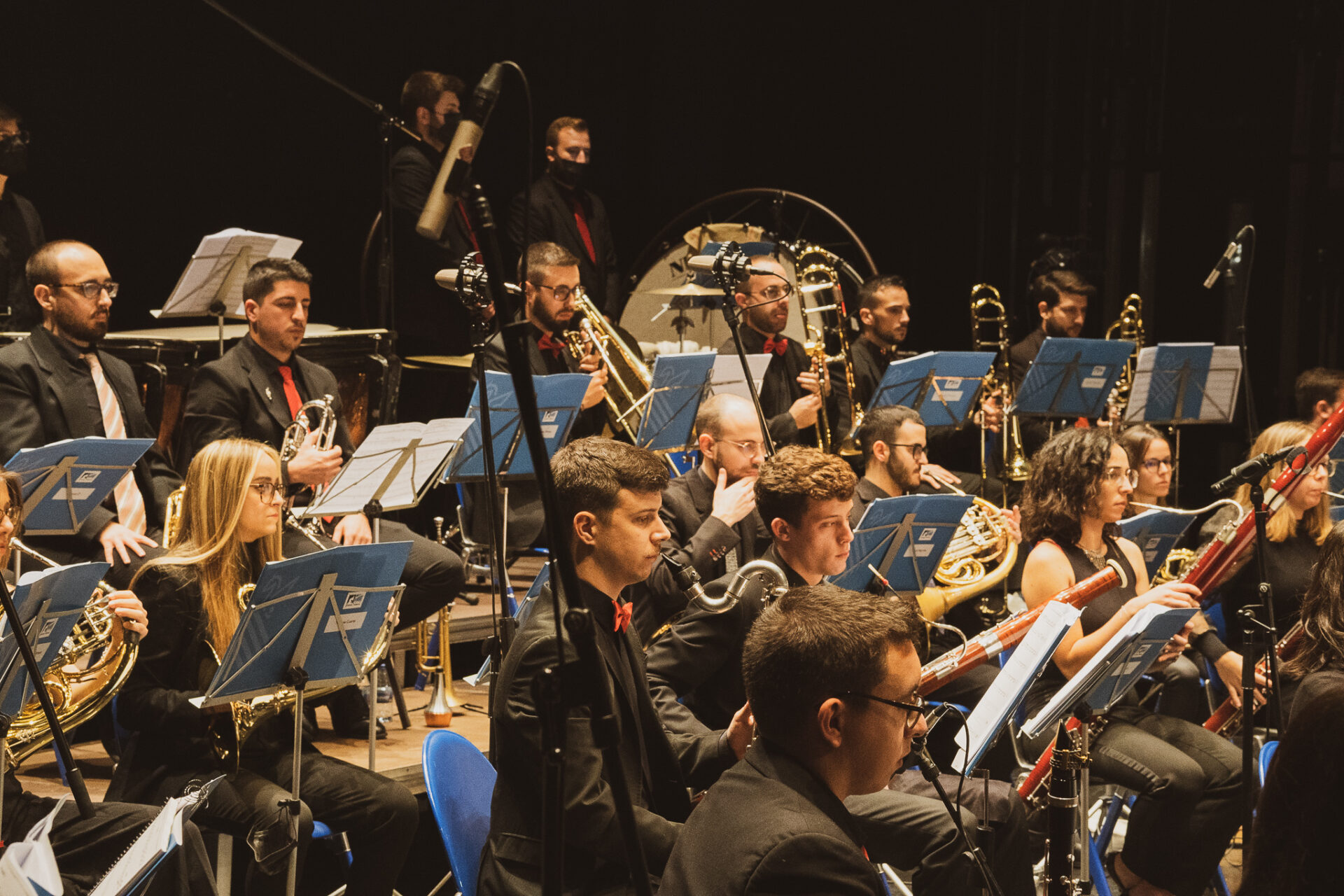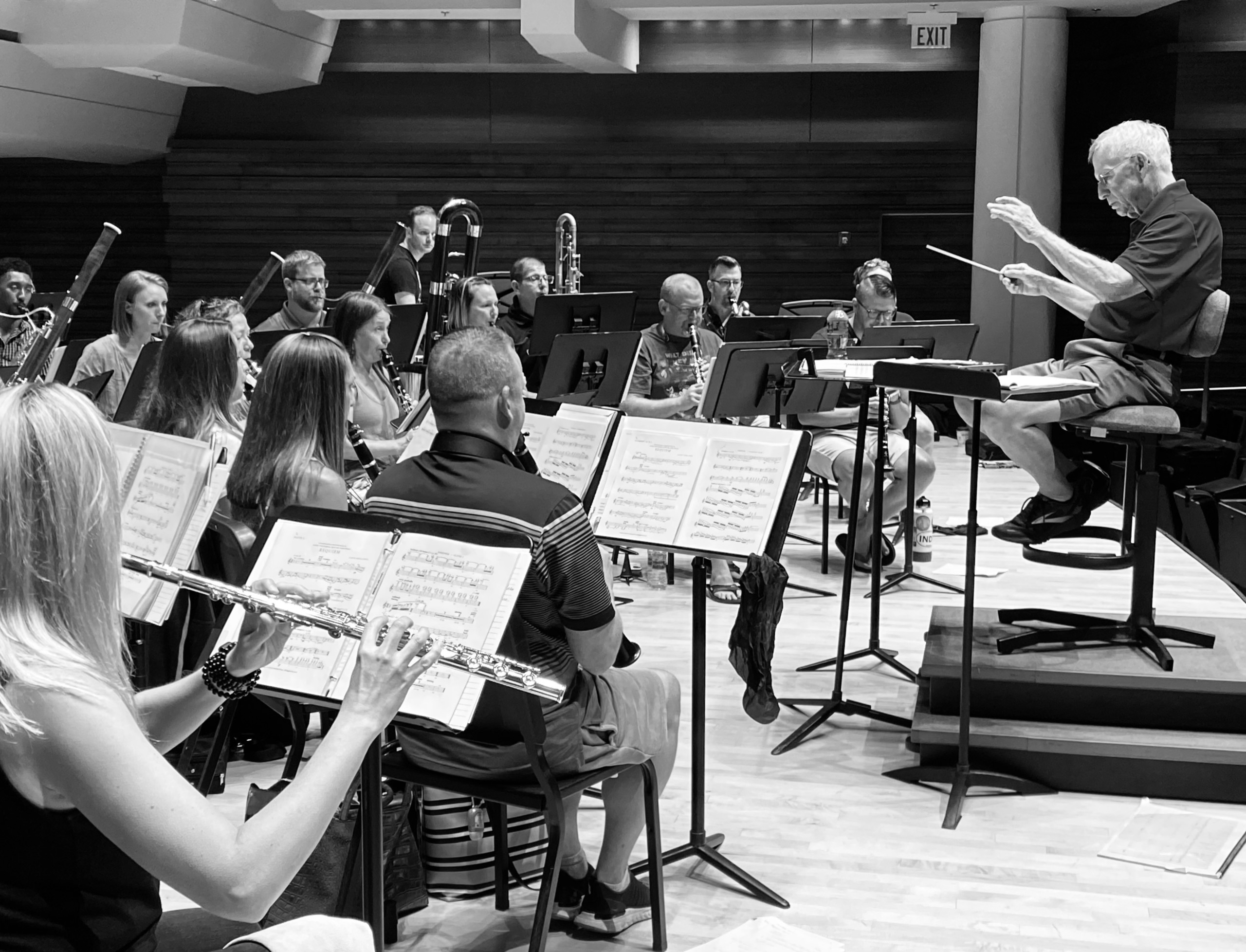Maslanka Press has released a beautiful new edition of David Maslanka’s Sonata for Alto Saxophone and Piano. Learn more —
Steven Jordheim, an early champion of the work and former teacher of saxophone at Lawrence University, wrote a forward and performance guide included in the new edition. Here is his forward.
 Commissioned by the North American Saxophone Alliance and composed in 1988, David Maslanka’s Sonata for Alto Saxophone and Piano gives to the concert repertoire of the saxophone a monumental, riveting work that both rewards its performers and deeply affects audiences. At the time, he was living in Inwood, the northernmost neighborhood of Manhattan. Inwood Hill Park, which runs along the Hudson River, contains pronounced ridges, caves, and valleys. As Maslanka walked the park, contemplating the creation of this piece, he encountered a beast in his meditation. His first reaction was to run away, but in subsequent encounters he confronted it. Ultimately the beast devoured him. The work’s unironic tonal language, traditional three-movement structure, and dramatic interplay between saxophone and piano make it intensely accessible to all. Hearing the work at its 1989 premiere, I knew that the Sonata would become an important piece in Maslanka’s oeuvre. Its music engages and moves audiences deeply, and indeed the Sonata has become a frequently performed and recorded work.
Commissioned by the North American Saxophone Alliance and composed in 1988, David Maslanka’s Sonata for Alto Saxophone and Piano gives to the concert repertoire of the saxophone a monumental, riveting work that both rewards its performers and deeply affects audiences. At the time, he was living in Inwood, the northernmost neighborhood of Manhattan. Inwood Hill Park, which runs along the Hudson River, contains pronounced ridges, caves, and valleys. As Maslanka walked the park, contemplating the creation of this piece, he encountered a beast in his meditation. His first reaction was to run away, but in subsequent encounters he confronted it. Ultimately the beast devoured him. The work’s unironic tonal language, traditional three-movement structure, and dramatic interplay between saxophone and piano make it intensely accessible to all. Hearing the work at its 1989 premiere, I knew that the Sonata would become an important piece in Maslanka’s oeuvre. Its music engages and moves audiences deeply, and indeed the Sonata has become a frequently performed and recorded work.
No other piece that I’ve played demanded as much of me as a performer technically, expressively, physically, or emotionally. To deliver the Sonata as Maslanka intended, “on the edge,” required all that I could bring to the occasion. I’ve never prepared harder to perform any piece of music and never felt more rewarded for my efforts. Nor has any other piece that I’ve played elicited a stronger or more enthusiastic response from audiences. At my first performance of it, one audience member said that no piece of music had moved her more. She felt that it conveyed the whole of human experience. In it, you will find contemplation, tranquility, playfulness, struggle, terror, and resignation.
Since performing the Sonata for Albany Records in 2000, I’ve coached numerous students for their own performances of the work. Young saxophonists today generally find its technical demands less intimidating than those who performed it shortly after its premiere, but the expressive and physical demands of the piece nevertheless challenge all who brave it. I have yet to encounter students who didn’t view their preparation for and performances of the Sonata as transformative experiences in their professional and artistic development.
Some 30 years have passed since I met David Maslanka and first performed the piece, but correspondence, conversations, and memories of coaching sessions with him will remain with me always. He had a spirituality and temperament committed to sharing, through music, an expression of intense experience and beauty. As he himself described it, there is “this thing in me that wants to be spoken. What I’ve discovered about myself over the years is that there is a tremendously passionate soul at work.” He demanded that players of his music bring their complete artistry to their performances, expressing the sentiment this way: “Your whole system has to open up and allow the music to move through you with full power.”
The Sonata explores the complete sonic capacities of the saxophone, drawing on the intrument’s lyrical qualities and its timbral possibilities, to evoke an extensive range of emotions. In his liner notes for the Albany recording, Maslanka describes the work as a “large, passionate, and sometimes ferocious piece.” Its 32-minute duration, his vivid markings in the score – “with all possible force,” “mournfully,” “a wild braying – brassy, frightening” – and the relentless drive of musical lines often delivered at blazing speed reinforce his description. A successful performance of the Sonata demands of its performers full commitment to the expressive qualities of the writing as well as mastery of the score’s technical demands.
In “Sonata for Alto Saxophone and Piano – Some Thoughts on Performance,” Maslanka discusses his writing for the saxophone and the relationship between the saxophone and piano.
A lot of work has been done over many years to evolve a controlled and “beautiful” saxophone tone. There is a need for this kind of tone in my music, but there is also the push to the extreme. I am drawn to saxophones because of their wide-ranging vocal quality, which feels like a real extension of the human voice. Saxophone sound can break the heart with its softness and tenderness and completely overwhelm with its power. “Beauty” cannot be confined to a narrow box labeled “beautiful.” Beauty is in the rightness of the musical moment, and that rightness can be a piercing cry at fff.
I think the strong appealing element of the Sonata is that it feels like an intimate journey and story for two people. There is a very close relationship between the saxophone and the piano. The piano does support the soloist in the traditional sense but also leads and pushes. Intimacy is the key word, but that doesn’t mean just soft and sweet. It encompasses the full range of dialogue and emotions between two people. When this is established between two players, the audience is immediately drawn in.
Fundamental issues in good music performance never change: careful attention to tempos, dynamics, articulations, and balances. If these things are carefully attended to, then 90 percent of the problem of what is called “interpretation” is solved.


